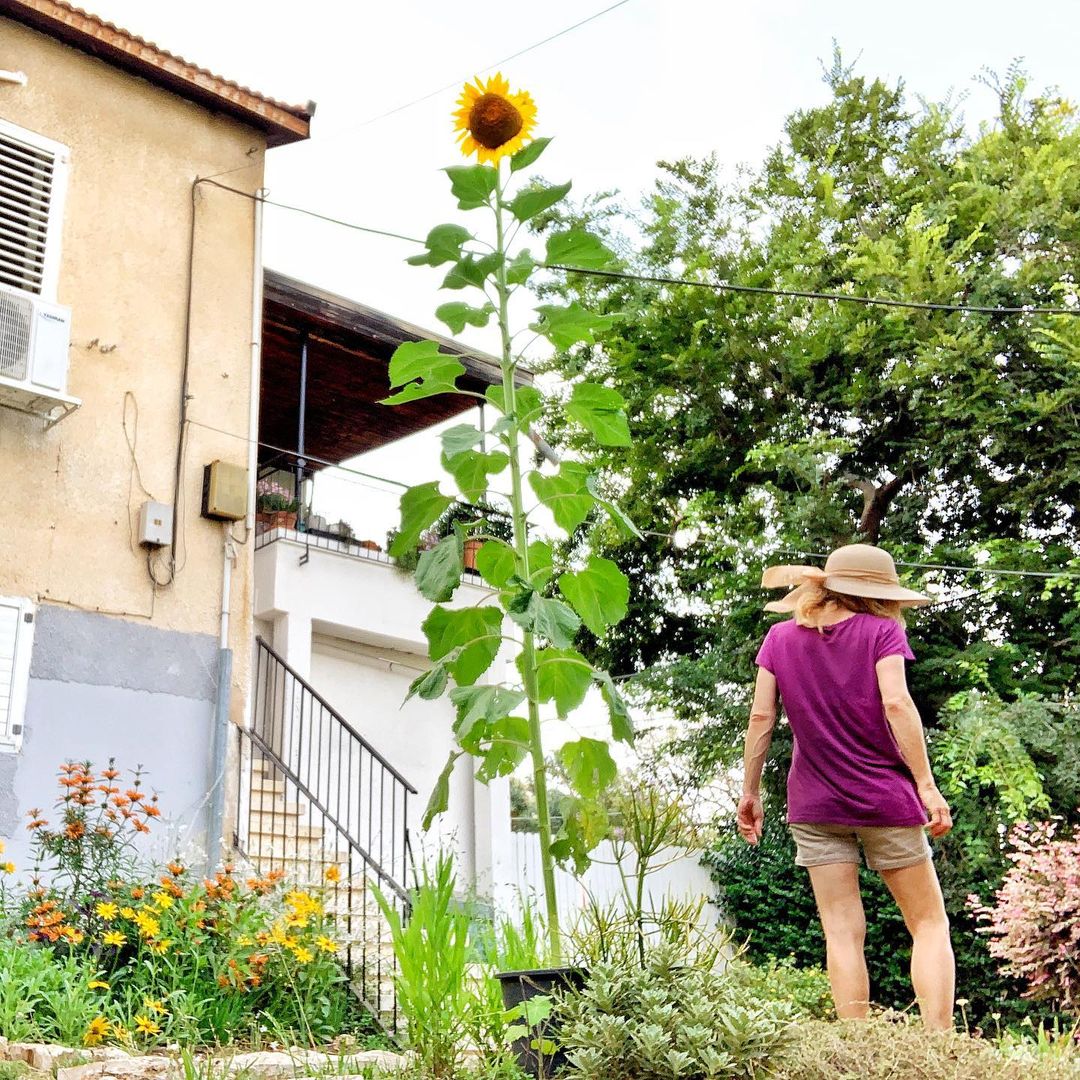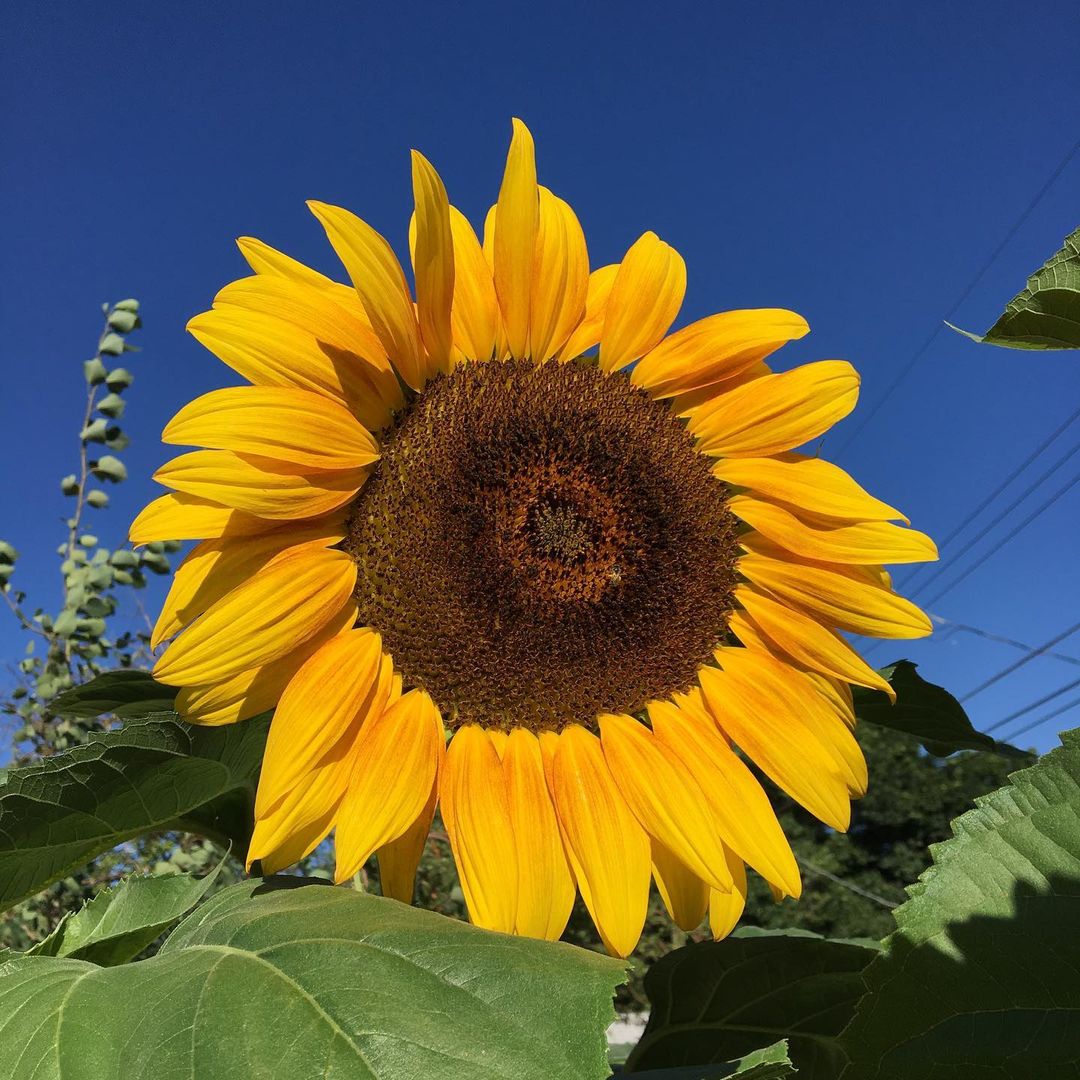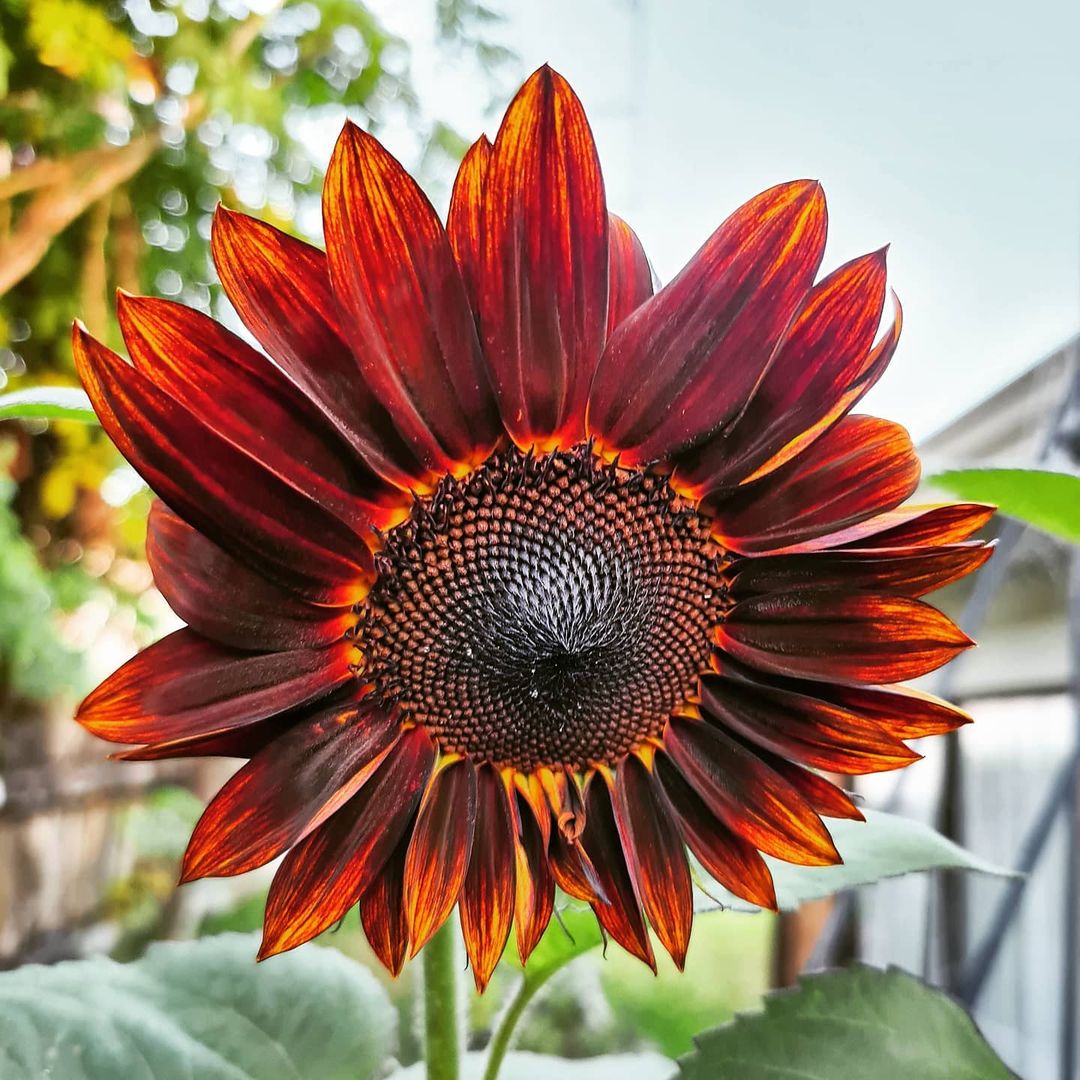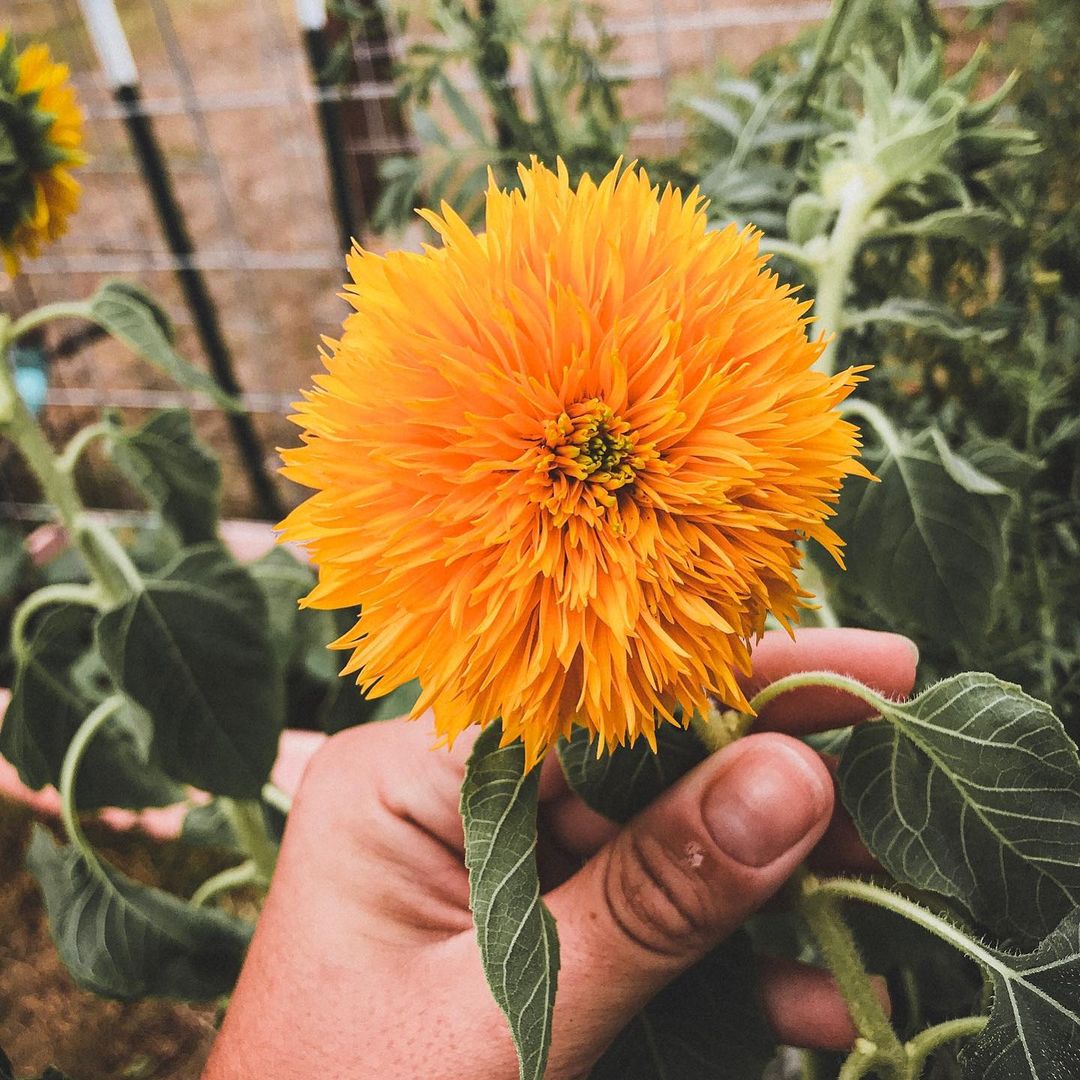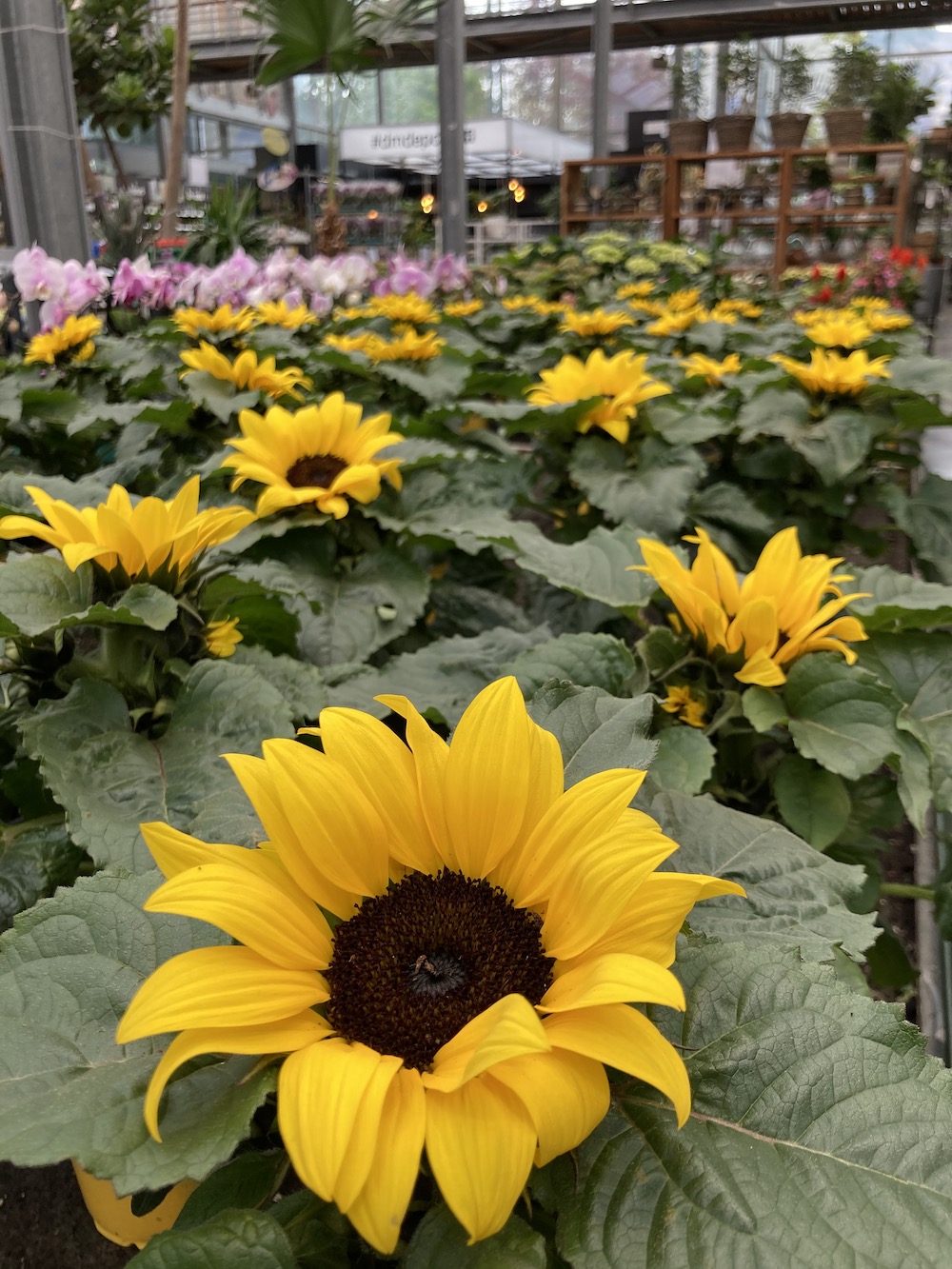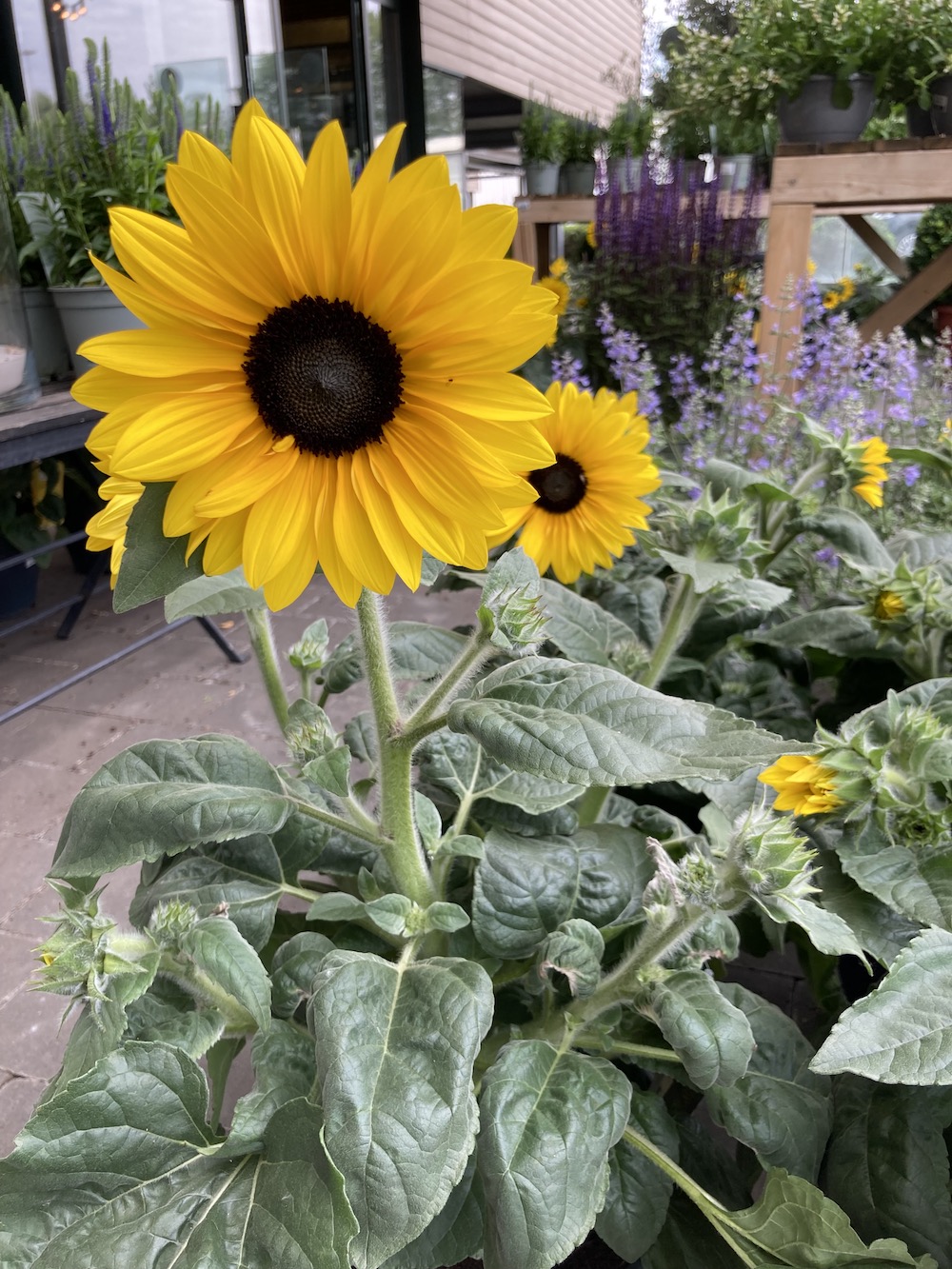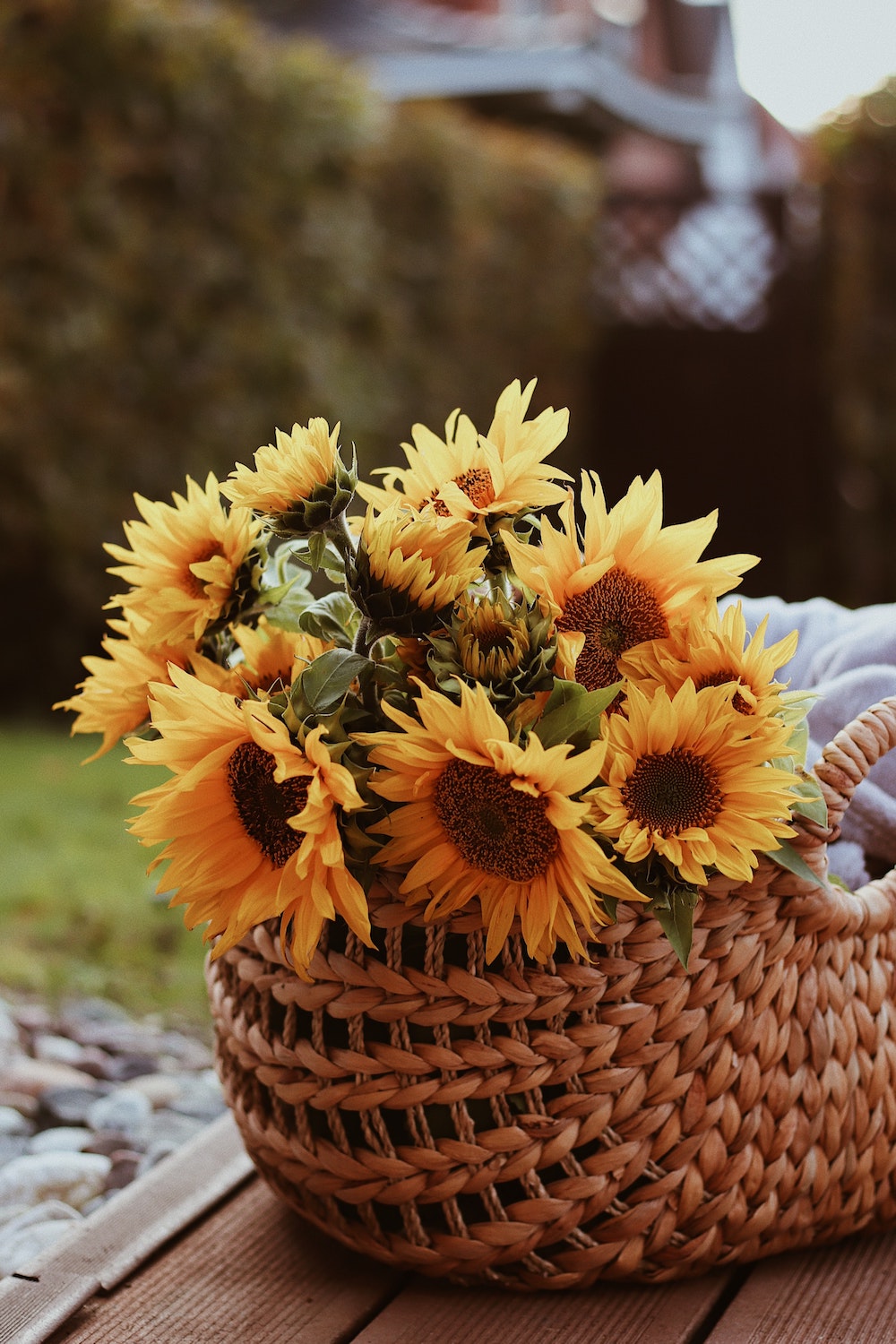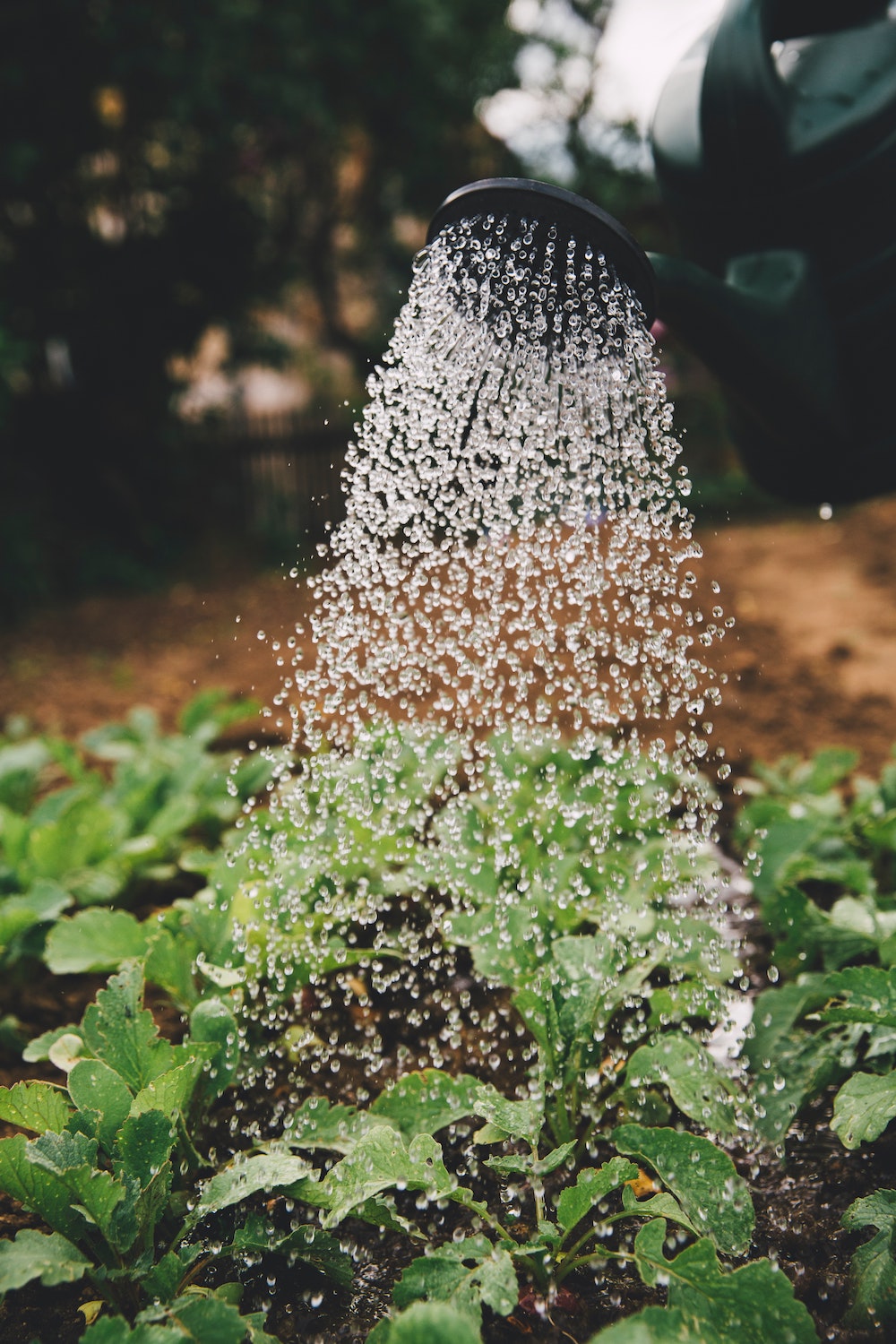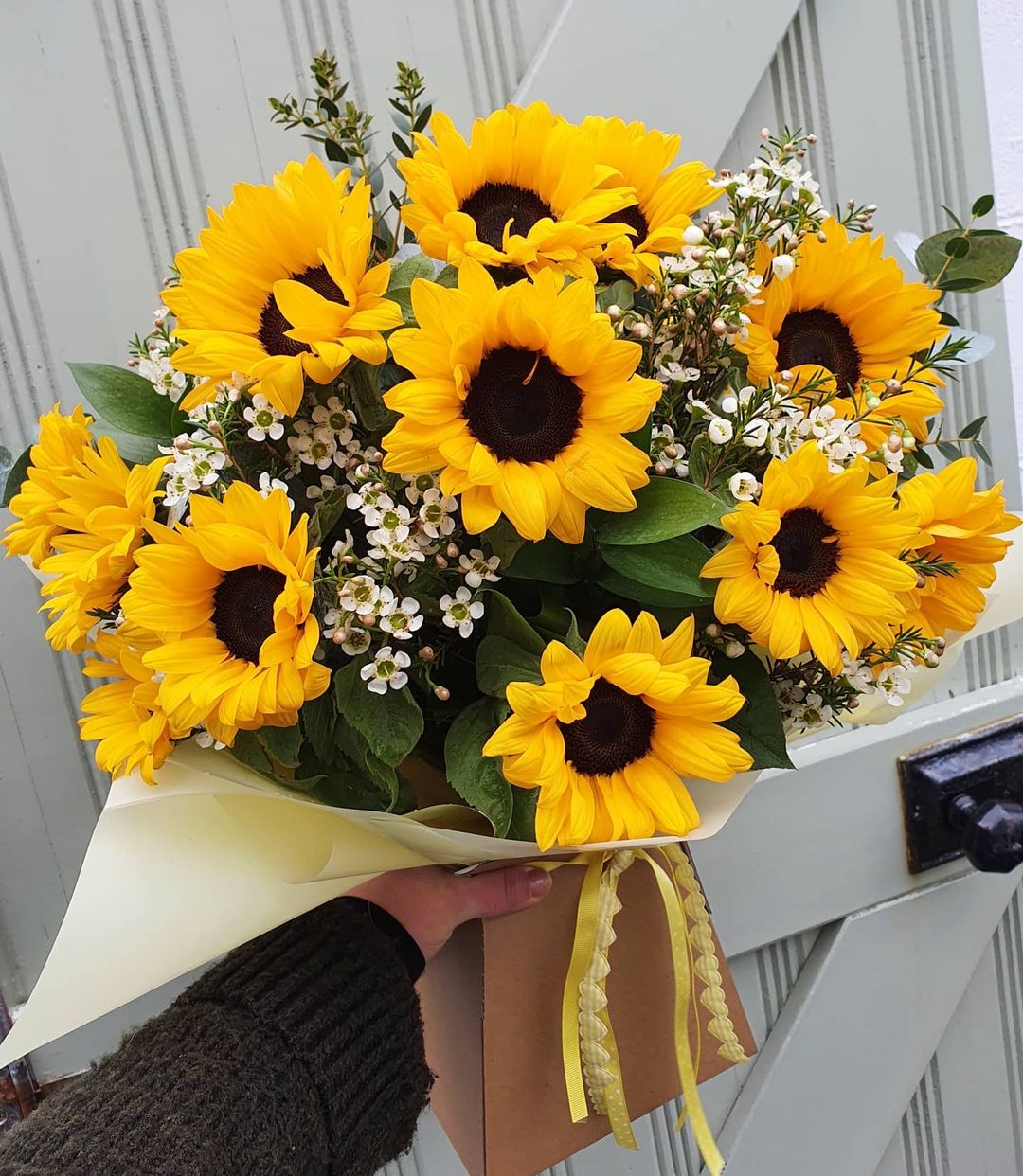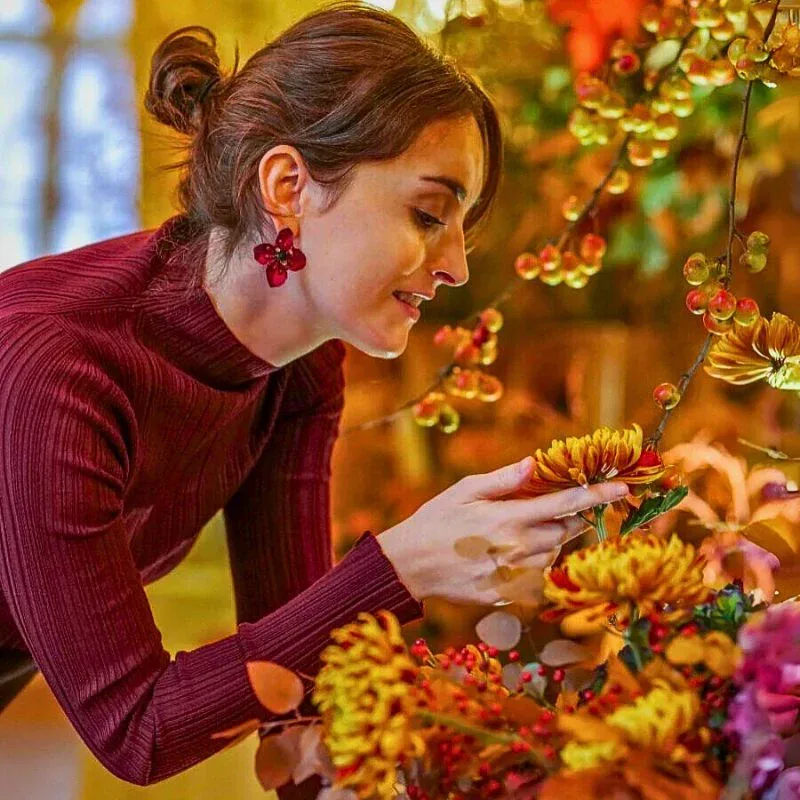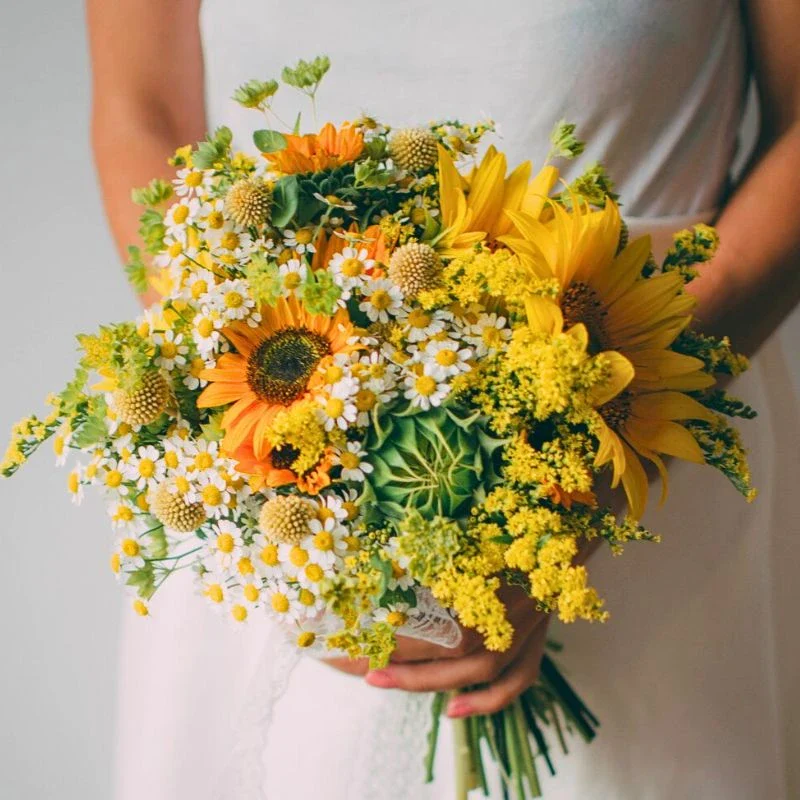One of the most well-loved flowers of late summer and early fall is the Helianthus, better known as the sunflower. With bright blooms that go from mid-summer to early fall, sunflowers say "summer" like no other plant. What better way to celebrate the summer than growing some yourself? Whether you are growing this unique flower at home, in your garden, or hoping to use them as cut flowers in a stunning bouquet, here's everything you need to know about helianthus and how to let them grow healthy and strong.
Helianthus - Large Blooms and Bright Colors of
The sunflower, also known by its scientific name Helianthus, is a member of the Asteraceae family that encompasses almost seventy different species that include many beautiful varieties in various colors, shapes, and sizes. The name comes from its tendency to reposition itself to face the sun. Sunflowers are heliotropic, which means that they turn their flowers to follow the movement of the Sun across the sky from east to west, and then return at night to face the east, ready again for the morning sun.
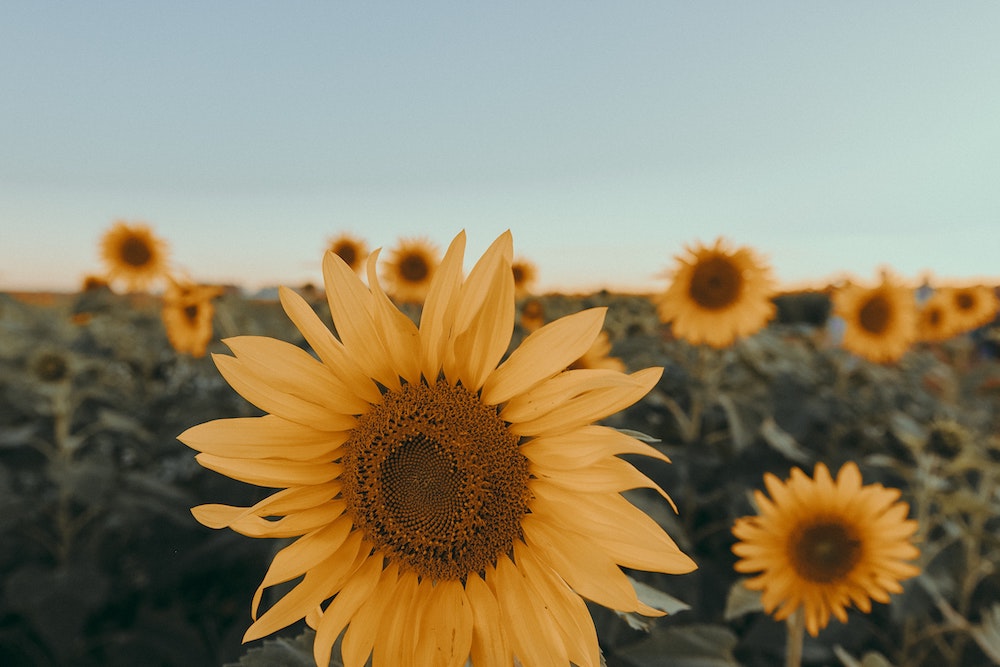
Depending on the species, it is either a perennial or an annual plant with large daisy-like flowers that come in many colors (yellow, red, orange, maroon, brown) but commonly are bright yellow with brown centers that ripen into heavy heads filled with seeds.
Helianthus Annuus
The term 'annuus' in Helianthus annuus is derived from Latin and translates to 'annual'. This descriptor provides key insight into the life cycle of this particular sunflower species. As an annual plant, Helianthus annuus completes its full life cycle, from germination to the production of seeds, within a single growing season. This characteristic is one of the factors that contribute to its widespread cultivation and popularity among growers and flower enthusiasts alike.
After sowing, Helianthus annuus sprouts, blooms, and produces seeds all within one year, dying off as the cooler seasons approach. However, the seeds left behind give rise to new sunflower plants in the next growing season, continuing the cycle of life. This attribute of being an annual plant, combined with the sunflower's other compelling features such as its vibrant, sun-like blooms and hardy nature, makes it a cherished addition to gardens around the globe.
Helianthus in Mythology
The name comes from its tendency to reposition itself to face the sun. Its genus, Helianthus, is rooted in two Greek words - 'helios' meaning sun, and 'anthos' meaning flower. In ancient Greek mythology, you can find an explanation about why sunflowers turn towards the sun, though it's one of many.
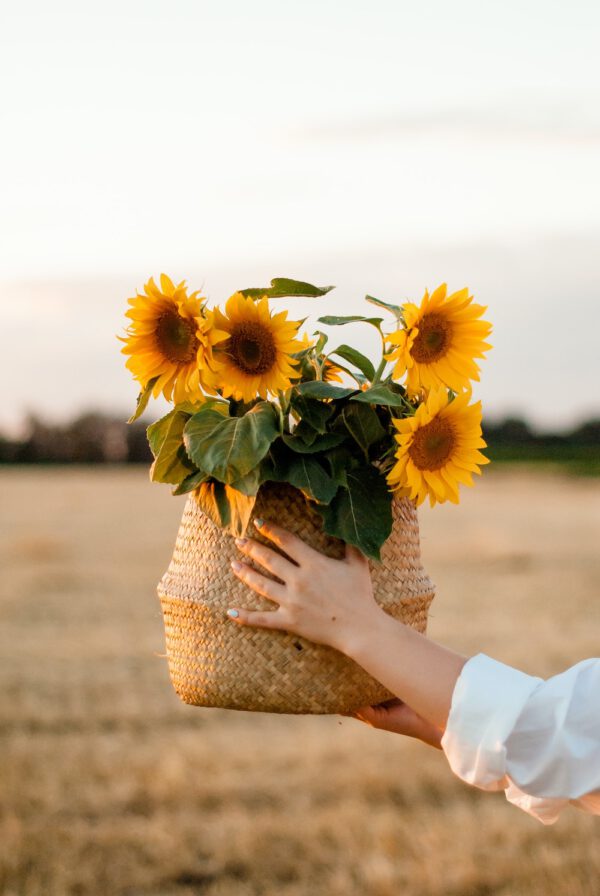
In this story Clytie, a nymph, adored Apollo. At first, he loved her back, but soon he fell in love with Leucothoe. Because of her jealousy, Clytie told Leucothoe’s father of the relationship and he punished her by burying her alive. In anger, Apollo turned her into a flower, but even in flower form she still loved him and would spend her days watching him as he moved the sun across the sky in his chariot, just like sunflowers move to face the sun.
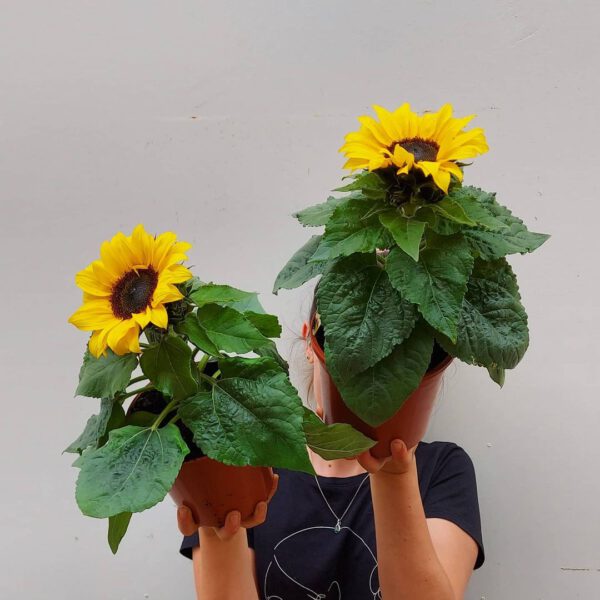
Popular Helianthus Varieties
There are tons of varieties of sunflowers available today, so there’s bound to be one that fits your garden or your home. Choose between those with branching stems or single stems, those that produce ample pollen for pollinators or are pollen-free (best for bouquets), those that stay small or tower above the rest of the garden, or those that produce edible seeds. Some of the most popular Helianthus varieties are the American Giant (Helianthus Gigantheus), the Russian Mammoth, Moulin Rouge, and the Teddy Bear.
The 'dwarf' varieties of the helianthus are perfect for in your home because they can easily be grown in pots indoors. They will flower within a year and seeds can be sown again for more potted wonders.
Planting Helianthus Seeds
When planting Helianthus seeds, make sure to choose a variety that matches your needs. If you are planning to harvest sunflower seeds, you’ll want a variety that produces more seeds. If you’re planning to plant the flowers in a compact backyard container garden, you’ll want a smaller variety that grows to a manageable height. If you are looking to grow helianthus to cut for a sunflower wedding bouquet or summer arrangement, you’ll want to look for the varieties that have been bred for their beauty.
Helianthus loves warm climates and is heat and drought-tolerant. It's best to grow them in direct sunlight - they thrive on 6-8 hours of sunlight per day. The warmer the temperature, the more likely they are to bloom. Be sure to plant your seeds in a location that gets plenty of natural sunlight. It's best to sow sunflower seeds directly into your garden (or container) after the danger of spring frost has passed and the soils have warmed to at least 10°C.
Growing Times of Helianthus
A fairly fast-growing flower for its size, most sunflower varieties mature in only 80 to 95 days. The largest Helianthus varieties grow up to 4 meters in height, while smaller varieties have been developed for small spaces and containers and rarely grow larger than 30 cm tall. The flower heads can reach over 30 cm in diameter within the large-seeded varieties.
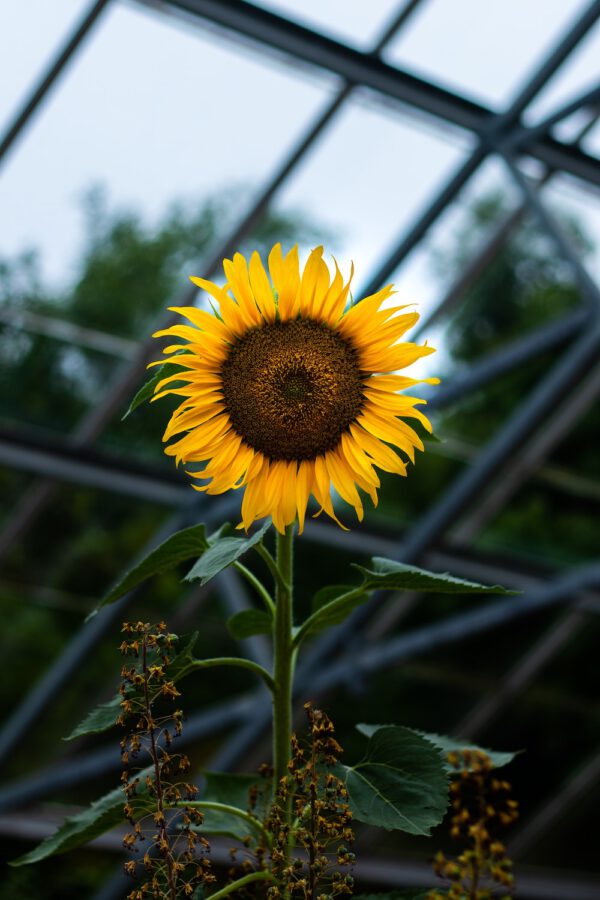
How to Take Care of Your Helianthus Plant
Although sunflowers are drought and heat tolerant, they still require frequent watering. As the plant begins to grow, it will need to be watered around the root, which is approximately 10 cm away from the stem. Sunflower seedlings should be watered daily so the soil is moist but not soaked. As the sunflowers become established, they can be watered once a week. This watering is infrequent but it should be a deep watering that uses several gallons of water. Sunflowers are heavy feeders, so the soil needs to be nutrient-rich with organic matter or composted (aged) manure. They aren't too picky when it comes to the soil but make sure it is not too compact, as they like the space to stretch out their long roots.
When keeping your beautiful helianthus indoors, water your plant when the soil is dry on the surface. You can easily gauge this by brushing your fingers across the top layer of soil and if it feels dry, add water. Feed your helianthus with fertilizer twice a month during the summer but stop feeding in winter. Make sure your sunflower plant gets plenty of indirect sunlight so it can thrive in your home.

What the Helianthus Represents
The sunflower has many meanings across the world. Different cultures believe it means anything from positivity and strength to admiration and loyalty. Its sunny yellow color also traditionally symbolizes friendship and happiness, making it the perfect summer gift. No flower can lift someone’s spirits quite like sunflowers. They are bright and cheery, and as warm and inviting as the sweet summer sun.


